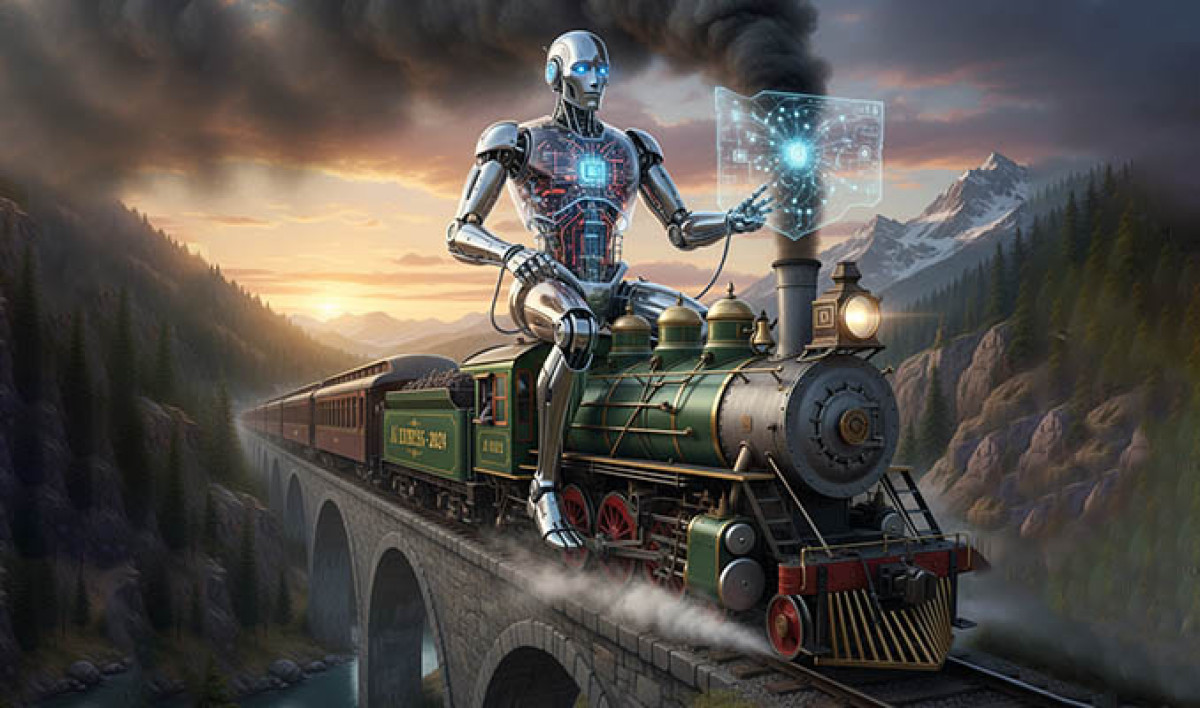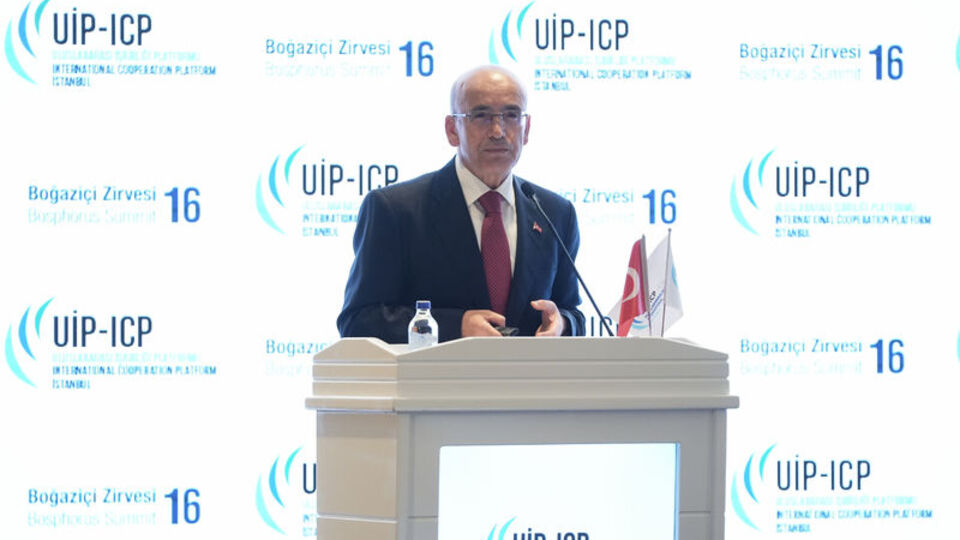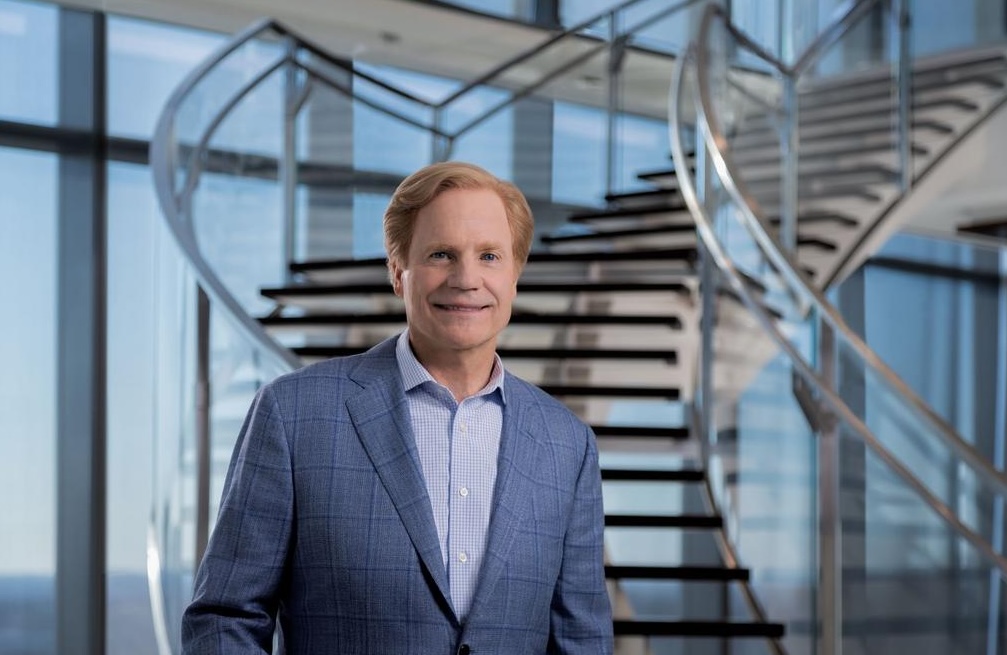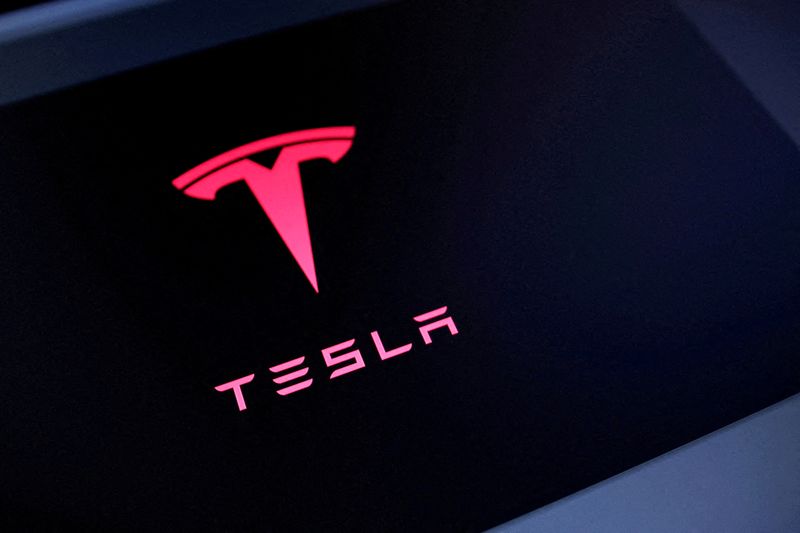
Artificial Intelligence Bubble: Will a Financial Catastrophe Occur?


Artificial Intelligence Investments: A Bubble or an Opportunity?
The increasing global investments in artificial intelligence are intensifying the debate by defining opposing viewpoints. Economic analyses reveal that investors are shifting from the question 'Is there an artificial intelligence bubble?' to the thought 'Perhaps this bubble is a good thing.' Financial Times writer Tim Harford emphasizes the ideas of Jeff Bezos, underscoring that great ideas can come to life thanks to investment frenzies.
Innovation and Risk: Rate of Return
According to Harford, entrepreneurs and inventors often have difficulty taking risks while proposing innovative ideas. A study by Nobel laureate economist William Nordhaus found that between 1948 and 2001, only 3.7% of the total value gained from innovation in the U.S. yielded profits for companies, while the remaining 96.3% benefited society. This indicates that while artificial intelligence investments could provide societal benefits, they could also have devastating effects on investors.
Railroad Bubbles: Lessons from the Past
The artificial intelligence frenzy is compared to the railroad investments in 19th century England. Harford emphasizes that this analogy may not always be valid. Research suggests that railroads could be financed more efficiently through central planning, which could enhance societal benefits.
Political and Economic Turmoil
Furthermore, the political dimensions of the railroad era attract attention. Figures like George Hudson emerge as examples of corruption intertwined with investment management. Hudson deliberately presented fraudulent financial statements using Ponzi-like practices to attract investment in large projects.
Consequences of Losing Touch with Reality
Selected historians highlight the damages of the bubbles in the 1840s and 1860s against the backdrop of investors' long-term profit gains in the 1830s. Harford's assessment draws attention to the comparisons made between railroads and artificial intelligence, warning that "We have begun to lose our connection with reality."
```.png)
Yakında Tüm Platformlarda
Sizlere kesintisiz haber ve analizi en hızlı şekilde ulaştırmak için. Yakında tüm platformlarda...









.png)